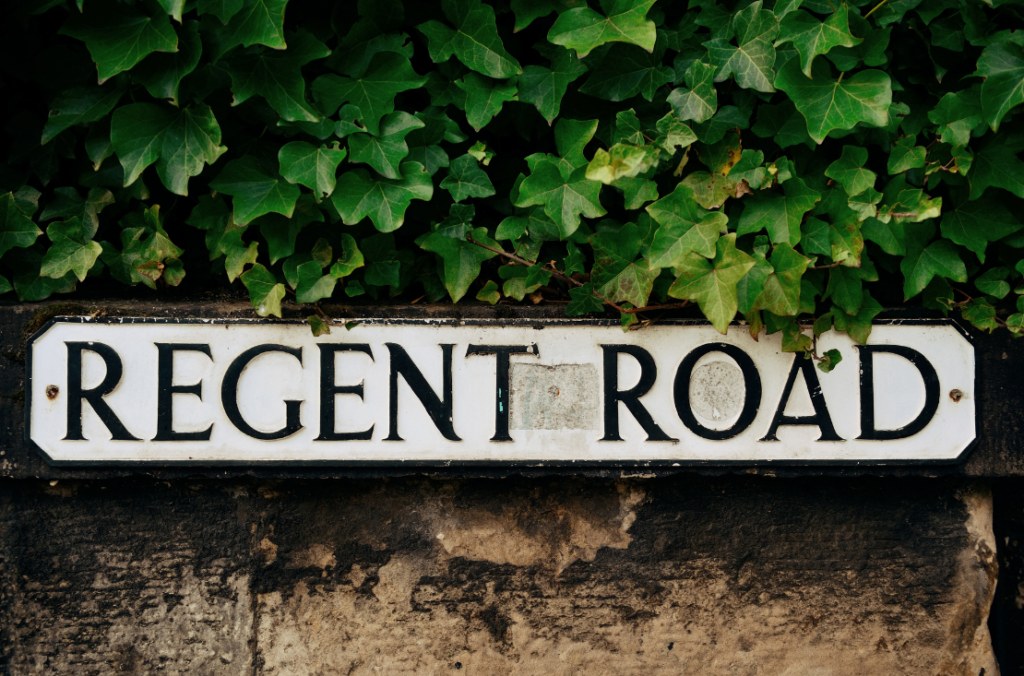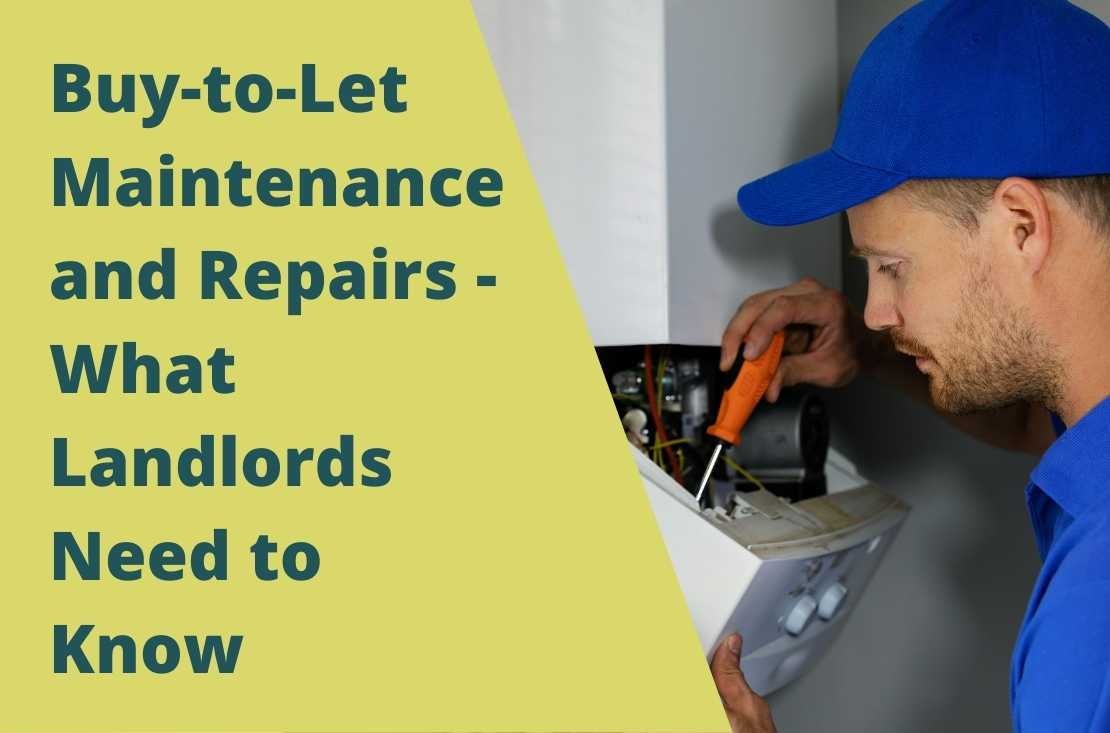Wouldn’t it be great if some things lasted forever?
Imagine never having to replace a washing machine, or carpet, or boiler. That would be great, wouldn’t it?
As one half of Scotland’s only estate agent for landlords, I have some experience of this particular fantasy, but sadly, when it comes to the contents of your buy-to-let, even the best quality fixtures and fittings have a limited lifespan.
With this in mind, as a landlord it’s essential that you understand the importance of a life cycle approach when it comes to buy-to-let maintenance and repairs, as this will help maintain the property so it remains attractive to your present and future tenants.
It also goes without saying that you don’t want to have to replace everything all at once, so it’s best to plan to spread the costs of a new kitchen, bathroom or boiler over several years.
Of course, this is all useful information if you have to make a claim under the tenancy deposit scheme too. And while we all hope that won’t be necessary, it’s always better to be prepared.
So, if you’re wondering where best to start in all of this, read on.
What you should know about buy-to-let maintenance and repairs
Let’s start by looking at what’s known as ‘the lifecycle approach’…

What is the lifecycle approach?
As a property professional, I would always recommend the lifecycle approach. This involves understanding the lifespan of everything in a buy-to-let property that may require repair or replacement, and planning accordingly.
For example, in the case of buy-to-let maintenance and repairs, if you understand that the average lifespan of a medium quality washing machine is six years, you can budget for replacements and any possible repair work.
This is a good place for me to add a few words about the value of knowing when an appliance is ‘beyond economic repair’.
Although we all want to be eco-friendly and make repairs where possible, there is no point in spending money on repairing an appliance which has reached the end of its lifespan. The truth is, it can be much more economical to purchase a new appliance
This brings us neatly to the importance of keeping all receipts and warranties. A detailed record of where, when and what you’ve purchased, along with the cost, can have benefits beyond the need to return or replace items – more on that later!

A clear understanding of how long each product is expected to last helps to avoid a perfect storm of several products failing at once and requiring repair or replacement. So while we can’t say it will never happen, forewarned is forearmed.
An oven/cooker/hob should last nine to 15 years, so with careful planning, you won’t have to replace a washing machine and cooker at the same time.
I do recommend that landlords keep a contingency fund of three months rent in any case, so if you don’t have a backup fund, it’s never too late to start one.
TIP: For more information on product lifespan, check out this excellent guide produced by the National Residential Landlords Association,
Making a claim under the tenancy deposit scheme.
You hope it won’t happen, but in case of a dispute you may need to make a claim under the Tenancy Deposit Scheme. This is another very good reason for keeping receipts and other paperwork such as warranties.
Let’s take the example of a carpet that is badly worn after two years when it was expected to last five years.
The lifecycle approach is invaluable here as you can demonstrate the date of purchase of the carpet and have an accurate record of its manufacturer and composition. This helps the adjudicator to establish whether the wear on the carpet is reasonable or not.
An adjudicator is likely to consider several factors when making a decision, such as:
- Length of tenancy: The longer the tenancy, the more wear you can expect.
- Condition of item at tenancy start: Was the item already showing signs of wear?
- Number of occupants: A family of four will produce more wear than a single occupant
- Wear and tear vs damage: For example, a ripped carpet rather than a worn one.

What is ‘betterment’?
You may not be familiar with the term, but you can be accused of ‘betterment’ if you try to claim for a higher value than the disputed item was worth.
Let’s take an example. If a landlord pays £600 for a carpet, then six years later wishes to replace it with a brand new carpet at the expense of the tenant, that would be an example of betterment.
Similarly if a relatively new carpet was stained by the tenant, you could not replace the carpet and claim for its full value. Why? Because you would have been expected to try and restore the carpet to its former condition by cleaning it first.
Fair wear and tear
In any dispute, an adjudicator would have to consider the period of fair wear and tear along with the actual condition of the item as well as its quality when new. It may sound like a no-brainer but a low quality carpet on a high traffic area isn’t a recipe for longevity.
Where things are less clear-cut, such an adjudicator having to decide if the claim has a basis in negligence on the part of the tenant or is simply a consequence of natural wear, having all the receipts and documentation can make all the difference.
Advice from the property pros

If you’re a landlord, you’ll know the importance of keeping on top of things and expecting the unexpected. I’m a big fan of spreadsheets to help me stay organised, but if a certain filing system works for you, then go for it.
One question I always ask myself is, if someone needed something from me, say information about my mortgage or receipts from when I bought a cooker for a specific buy-to-let, would I know where to find them?
With the lifecycle approach, you not only have a plan of when products will need to be replaced, but can organise yourself so you don’t have to bear the cost of several expenses all at the same time.
You probably hope you’ll never be involved in a dispute with your tenant, but given the amount of information an adjudicator has to work with, the quicker you can submit it, the better.
TIP: It’s always good to be proactive about areas you tend to forget about, such the roof and exterior paintwork around windows. Try to pre-empt any issues by checking as regularly as you can.
In summary…
I hope this article has helped to explain the importance of taking a planned approach to buy-to-let maintenance and repairs – as well as how keeping good records and receipts can really help in the case of a dispute over your tenant’s deposit.
It’s all part of the responsibility of being a landlord, but it offers a degree of peace of mind too, with the assurance that if and when repairs need to happen, you’ll be prepared.
Remember, we’ve had plenty of experience with all this, and are always here to answer any questions you might have about buy-to-let property. Just give us a call, or arrange for a free, no-strings consultation.

Written by Chris Wood, MD & Founder of Portolio
Get in touch on 07812 164 842 or email [email protected]


Comments